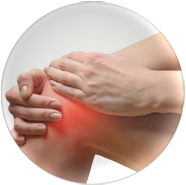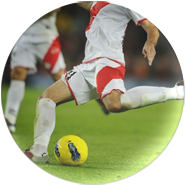Back & Neck Pain
The spine consists of multiple bony vertebra with flexible discs in between permitting movement. The central spine (thoracic) is very stable and rarely causes any significant issues. It is at either end where there is greater flexibility that most of the problems occur. The cervical spine (neck) often causes pain related to poor posture as well as trauma such as whiplash.
The lumbar spine (lower back) is a very common source of pain and it is considered that everybody will experience back pain at some time in their life.
The key to successful management is to make an accurate diagnosis and also to identify exacerbating activities and try to minimise or exclude them.
Because the spine is such a complicated mechanical structure there are many potential causes of pain. These include disc problems such as prolapse, herniation or annular tears. Vertebral crush fractures are common in the elderly and facet joint pain is also frequently seen. Stress fractures of the pars interarticularis (spondylolysis) occurs in active adolescents which can lead to the more serious spondylolithesis. Major nerves exit the spine through tiny bony canals and obstruction of these can lead to nerve root compromise such as sciatica with nerve pain travelling down the leg or arm. When no specific structure is identified as causing the pain then it is termed idiopathic low back pain.
Scans are not always necessary in the diagnosis of back pain but in certain scenarios are required.
Management is very much dependent upon the diagnosis. These may include physiotherapy and rehabilitation exercises including core stability work, strapping or taping, painkillers, acupuncture, guided facet joint injections, epidurals, trigger point injections, extracorporeal shockwave therapy and radiofrequency ablation.



